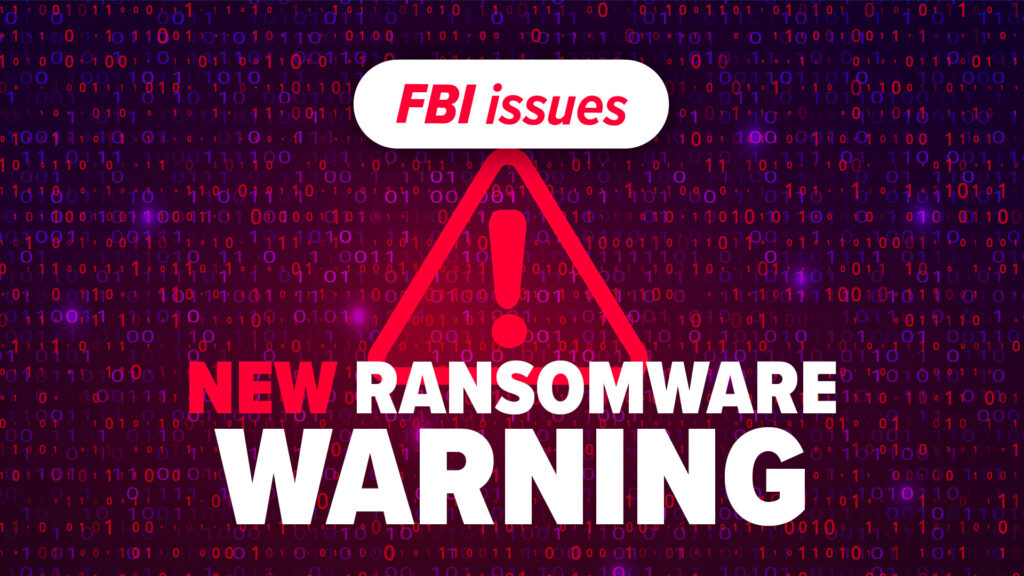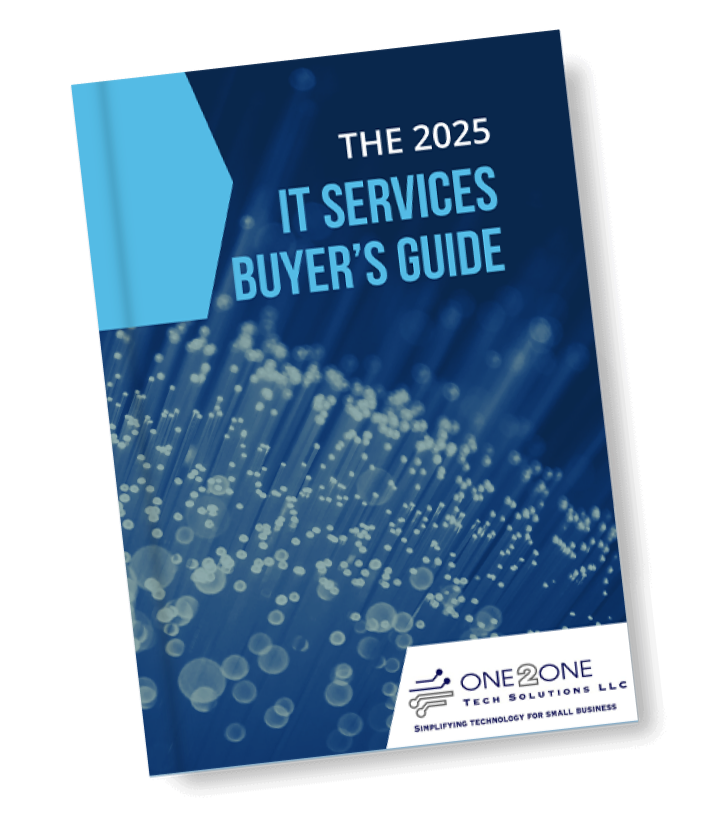Just when you think you’ve got your cybersecurity under control… something new hits the scene. And this one’s a doozy.
Microsoft has sounded the alarm: Cybercriminals are now accessing business accounts without needing your password.
Let that sink in.
No shady-looking websites. No stolen credentials. No brute force guessing.
Just one clever trick that opens the door wide—and businesses across the country are falling for it.
It’s called device code phishing.
And if your team hasn’t heard of it yet, now’s the time to pay attention.
Here’s how it works:
You—or someone on your team—gets what looks like a totally normal email. Maybe it’s from HR. Maybe it’s a calendar invite to a Teams meeting. Harmless, right?
The email contains a real-looking Microsoft login link and a short code. When you click the link, it takes you to the actual Microsoft login page. No red flags. No misspellings. Everything seems completely legit.
Then it asks for the code.
Here’s the catch:
By entering that code, you’re giving the attacker access to your Microsoft account—on their device.
No password stolen. No phishing site involved. Just one smart move on their part, and one unsuspecting click on yours.
And it gets worse…
- It can bypass MFA.
- It uses real Microsoft infrastructure.
- Security tools may not catch it.
- Changing your password might not kick them out.
Once they’re in, they can:
- Read your emails
- Download your files
- Impersonate you to clients or colleagues
- Launch further attacks inside your company
It’s like handing over your master key—and never even realizing it.
So… how do you protect your business?
Here’s the good news: You can stay ahead of this. It just takes the right mix of awareness, technical controls, and a proactive IT strategy.
Train your team to spot these tactics. If they’re asked to enter a device code—pause. That’s not normal Microsoft behavior. Question it. Double-check it. Verify by phone or internal chat before doing anything.
Turn off device code login if you don’t use it. Most businesses don’t need it—and disabling it closes one more door to cybercriminals.
Use conditional access policies to limit logins to trusted devices and locations.
Work with an IT partner who actually stays ahead of these threats. (That’s us, by the way)
Because while the cyber threat landscape keeps evolving, your security strategy should evolve faster.
Worried your business might be vulnerable to this kind of attack?
Let’s talk. We help small businesses build smarter, stronger defenses—without the technical overwhelm.
Reach out anytime. Your security is only as strong as your weakest click.
Related Articles
- Be Careful When Scanning QR Codes – There’s a New Scam Going Around!
- Unused and Ex-Staff Logins: The Silent Threat Endangering Your Business
- A New Malware is Sneakier Than Ever, and It’s After Your Login!
- Use This Simple Digital Seatbelt to Boost Your Security!
- 6 Simple Steps to Enhance Your Email Security







